
While RFID tracking has long been a popular choice in asset management for its ability to track assets, the emergence of LPWAN (Low-Power Wide-Area Network) technologies, such as the 0G Network, offers a more cost-effective and efficient alternative.
Efficient asset tracking is the backbone of modern businesses, enabling streamlined operations, cost reduction and optimal efficiency. In this article, we will delve into the characteristics of RFID tracking and explore why asset tracking with LPWAN technologies can be a better choice for businesses seeking to maximise their operational potential.
What is RFID tracking
RFID stands for Radio Frequency Identification. It is a technology that uses short-range radio waves to identify and track objects.
An RFID system consists of an RFID tag, an RFID reader and software to manage the data collected. RFID tags contain a microchip and an antenna that communicates with the RFID reader using radio waves.
RFID tags can be passive or active. Passive RFID tags do not have a battery and rely on the energy transmitted by the RFID reader to power the tag. Active RFID tags have their own power source and can transmit data over a longer distance than passive tags.
How does RFID tracking work
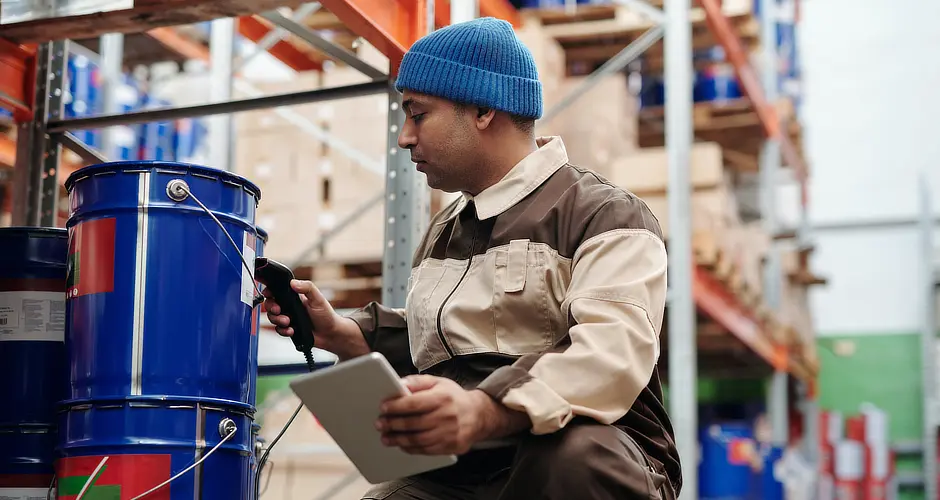
RFID asset tracking involves automating the management and locating process of physical assets through the use of RFID tags, readers and an asset tracking database. The process can be summarised in four stages:
1. Data storage: An RFID tag, equipped with a unique Electronic Product Code (EPC), is attached to an asset. This tag contains relevant data such as the asset’s name, quantity and location.
RFID tags typically have limited storage capacity and are primarily used for storing small sets of data. The data types are also limited and are mainly focused on storing identification or tracking information, such as unique identifiers or small sets of attributes.
Generally, RFID scanners alone do not provide direct data about the condition of assets. Gathering specific details about asset condition typically requires integrating RFID technology with additional systems or sensors.
2. Signal identification: An antenna identifies the radio signal emitted by nearby RFID tags.
3. Data collection: An RFID reader wirelessly connects to the antenna and retrieves the stored data from the RFID tag.
4. Data processing: The RFID reader transmits the collected data to an asset tracking database, where it can be monitored, evaluated and utilised.
It’s important to note that RFID asset tracking requires the proper equipment, including RFID tags (passive, active or semi-passive), an antenna, an RFID reader and asset tracking software.
LPWAN-based asset tracking: A superior alternative?
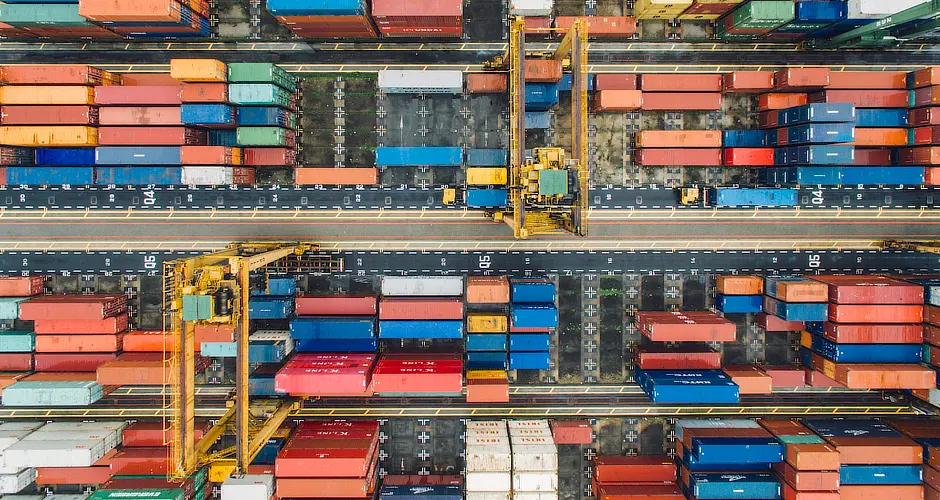
LPWAN (Low-Power Wide Area Network)-based asset tracking has emerged as a powerful solution in the realm of IoT-enabled asset management. Leveraging LPWAN technologies, like the 0G Network, offer multiple advantages over traditional asset tracking methods like barcode scanning and RFID or manual tracking.
The 0G Network has been tailored to meet the requirements of IoT devices with low bandwidth and power consumption needs. Unlike traditional cellular networks, the 0G Network is designed specifically to support devices that require low bandwidth and low power consumption, making it ideal for tracking non-powered moving assets over long distances.
Thinxtra, as the exclusive owner and operator of the 0G Network in Australia, New Zealand, Hong Kong and Macau, plays a pivotal role in the global 0G Network community. This allows assets tracked via Thinxtra to seamlessly transition between countries and continue to be traceable regardless of their location.
LPWAN-based asset tracking involves an IoT-enabled tracking device, connectivity and a data analytics platform. The tracking device, equipped with LPWAN capabilities, securely transmits data to the cloud-based analytics platform. The platform processes the data, allowing businesses to gain insights, monitor asset location and condition, and optimise their operations.
Comparing RFID and LPWAN (0G Network) for asset tracking
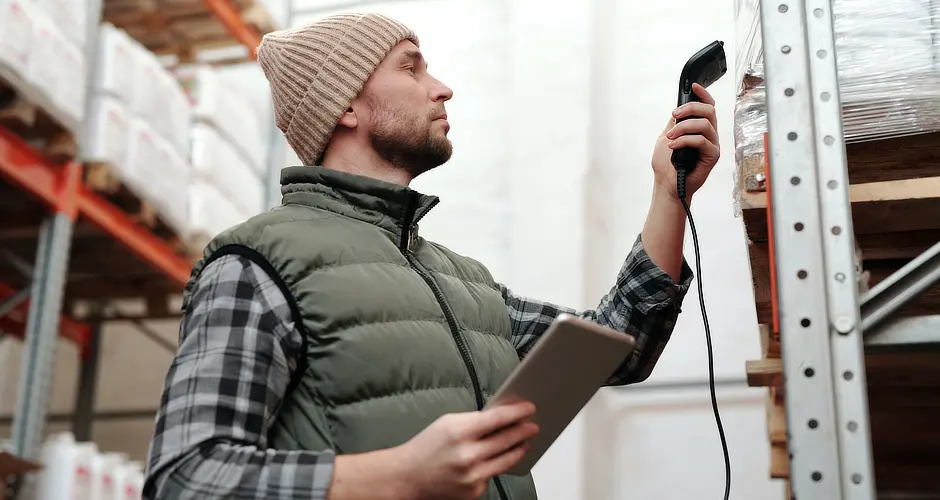
While both RFID and LPWAN-based asset tracking solutions serve the purpose of tracking assets, they possess fundamental differences. Understanding these differences will help businesses make informed decisions when implementing asset tracking systems.
Cost considerations & reliance on infrastructure
The cost of implementing an asset tracking solution depends on various factors. Generally, RFID tags can be more expensive than LPWAN tracking devices, especially if they are active tags.
Implementing an RFID asset tracking system involves upfront costs for purchasing RFID tags, readers, antennas and infrastructure setup. Additionally, there may be ongoing costs for maintenance, tag replacement, and software updates.
It’s worth noting that RFID readers can vary significantly in size. While handheld RFID readers are commonly available in smaller sizes, other RFID readers can be considerably larger and more costly.
For small businesses or organisations with limited budgets, the initial investment and recurring expenses associated with RFID asset tracking is a significant factor to consider.
LPWAN-based asset tracking systems offer a cost-effective alternative compared to traditional methods.
The low-power nature of LPWAN devices translates to extended battery life, typically lasting between 5 and 10 years depending on the specific use case. This longevity minimises the need for frequent battery replacements, resulting in reduced maintenance costs and operational disruptions.
Moreover, LPWAN networks require minimal infrastructure, making deployment easier and more affordable. Thinxtra has already built the 0G Network in Australia, New Zealand, Hong Kong and Macau, and is part of a global network of existing 0G infrastructure. This means that businesses can leverage the existing infrastructure without incurring any additional costs.
Range
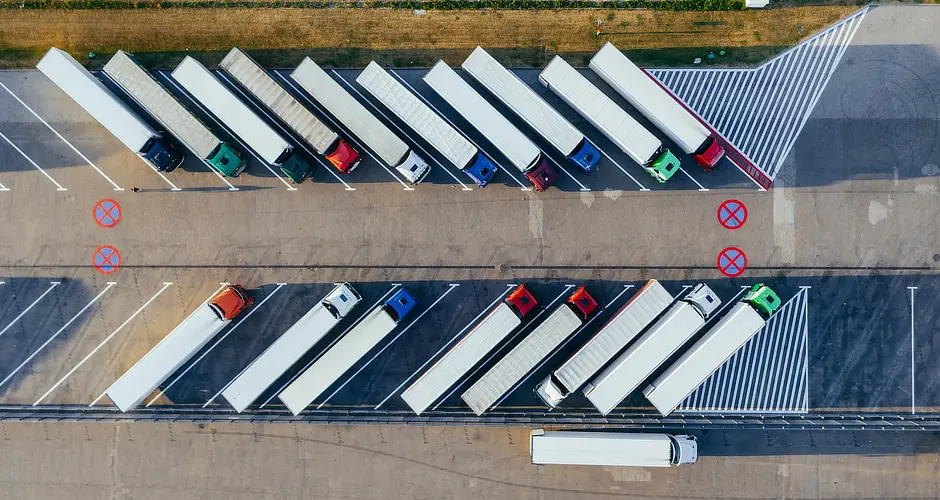
RFID technology operates within a limited range, typically ranging from a few centimetres to several metres, depending on the type of RFID tag used.
This range restriction can be a challenge when tracking assets in large facilities or outdoor environments with significant distances between assets. In contrast, LPWAN networks, such as the 0G Network, provide expansive coverage areas and long-range capabilities.
This allows businesses to track assets over longer distances, making it suitable for large-scale deployments and tracking assets in vast outdoor environments.
Line-of-Sight Requirement
RFID tags generally require a direct line-of-sight with the RFID reader or antenna for effective data transmission.
While passive UHF RFID tags can work in a non-line-of-sight fashion, this limitation can hinder asset tracking in situations where visibility is obstructed or when assets are in motion, making it difficult to establish consistent and accurate communication between the tags and readers.
Unlike RFID tags, LPWAN-based asset tracking systems are not as constrained by this limitation.
With the 0G Network, communication between the tracking devices and the network infrastructure can occur even in situations where there is no direct line-of-sight. This means that assets can be tracked effectively, even if they are located in environments with obstacles or if they are in constant motion.
The non-line-of-sight capability of the 0G Network opens up new possibilities for asset tracking applications in various scenarios. For instance, assets that are constantly on the move, such as parcel cages or shipping containers, can maintain consistent connectivity and transmit tracking data reliably, regardless of their location or surrounding obstacles.
Interference and reliability
RFID signals can be susceptible to interference from other radio frequency devices, metal objects, or even environmental factors like water or humidity. These interferences can disrupt the signal transmission, leading to data loss or reduced accuracy in asset tracking.
It’s important to identify potential sources of interference and take measures to mitigate their impact on RFID system performance.
On the other hand, the 0G Network utilises advanced modulation techniques and operates in frequency bands with low interference levels, minimising the risk of signal disruption. It can penetrate obstacles, including walls and structures, more effectively, ensuring reliable communication between the tracking devices and the network infrastructure.
By mitigating interference and signal degradation, the 0G technology enhances the overall reliability and accuracy of asset tracking. Businesses can enjoy consistent and uninterrupted data transmission, leading to precise and up-to-date information about their assets’ location and status.
Life Span
Active RFID tags typically last around five years, depending on the battery manufacturer’s advice. On the other hand, passive RFID tags can theoretically last as long as their components remain functional.
Devices utilising LPWAN networks can last between 5 and 10 years, depending on the specific use case, offering a reliable lifespan for asset tracking purposes.
Data Transfer Rate
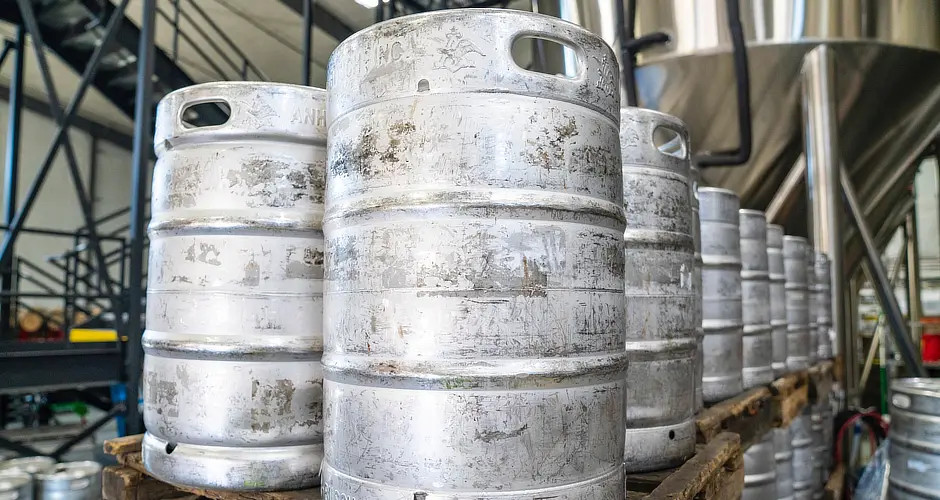
The 0G Network is designed to transmit small amounts of data at a low transfer rate. This design is well-suited for asset tracking applications that require periodic updates of only essential information specific to the use case.
For instance, a beer keg rental service needs to know the location of its kegs, whether they are empty or full and the temperature of the keg.
On the other hand, RFID tags can transfer data quickly, typically in a matter of milliseconds. However, RFID tags need to be within a certain distance of the reader, making them more suitable for indoor environments like warehouses.
Most RFID tags also have limited storage capacity for data. This limitation can pose challenges when attempting to store detailed information about an asset, such as maintenance history or warranty details.
While some advanced RFID tags offer increased storage capacity, it’s still important to consider the data requirements of your asset tracking system and choose the appropriate tags accordingly.
Scalability & Compatibility
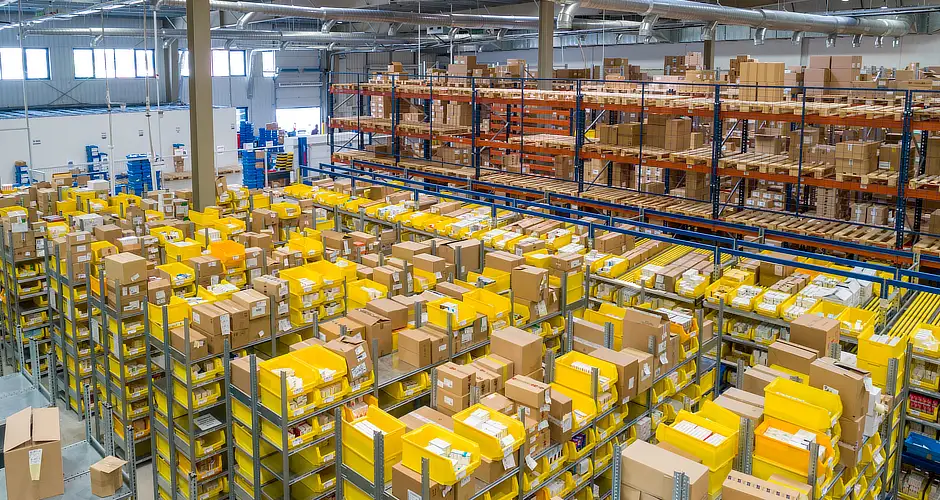
RFID asset tracking systems need to be scalable to accommodate growing asset inventories. However, expanding the system may require additional infrastructure, readers and software upgrades.
Compatibility can also be a concern when integrating RFID asset tracking with existing systems or when using multiple RFID technologies or frequencies. Ensuring compatibility and scalability should be carefully considered during the planning and implementation stages.
LPWAN-based asset tracking systems offer scalability, enabling businesses to easily expand their tracking capabilities as their asset inventory grows. Additionally, LPWAN networks support diverse use cases, accommodating different industries and asset types, including non-powered assets and assets that frequently change location like shipping containers, glass A-frames or parcel cages.
Whether it’s tracking assets in the supply chain, managing facilities, monitoring utility infrastructure, or creating smart city solutions, LPWAN technology provides a flexible and adaptable solution.
Global Coverage
One significant advantage of LPWAN networks, such as the 0G Network, is the global coverage. Being part of a global network community means that assets tracked via the 0G Network can maintain traceability even when they travel to different parts of the world.
This global coverage provides businesses with enhanced visibility and control over their assets, regardless of their geographic location.
In summary, LPWAN-based asset tracking, leveraging technologies like the 0G Network, offers distinct characteristics and benefits for businesses. Its wide coverage, long-range capabilities, extended battery life and scalability make it an attractive solution.
While RFID tracking technology has its advantages, such as quick data transfer rates, it falls short in terms of range, lifespan and global coverage compared to LPWAN-based solutions. By understanding the unique characteristics of LPWAN-based asset tracking, businesses can make informed decisions and implement effective asset management strategies.
What’s the best technology for asset tracking: Making the right choice
The decision between RFID and LPWAN technologies hinges on specific tracking requirements. For real-time data over short distances, RFID may be preferable. However, for tracking over long distances with periodic data updates, LPWAN technologies like the 0G Network offer a compelling solution.
Thinxtra’s asset tracking ROI assessment workshop can help businesses identify the most suitable technology for their needs, leveraging our “day-in-the-life-of-your-asset” methodology to unlock the full potential of IoT tracking.
Choosing the right asset tracking technology is pivotal for optimising operations and achieving significant cost savings. Whether RFID or LPWAN technologies better suit your business, the key is understanding your specific needs and how these technologies align with your operational goals.
Interested in exploring how LPWAN-based asset tracking can enhance your business? Contact Thinxtra today to schedule an asset tracking ROI assessment workshop and discover the benefits of asset tracking for your operations.


